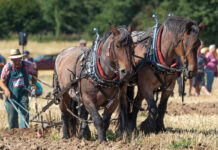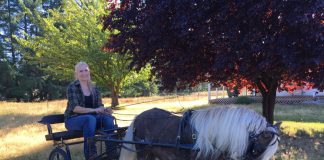On the night of October 19, 2001, a MH-47G Chinook made the treacherous flight from Uzbekistan over the Hindu Kush mountains. Howling winds and weather ranging from sandstorms to snow battered the heavy helicopter before it landed in the tiny village of Dehi, Afghanistan. On board were 12 Green Berets with 5th Special Forces Group Operational Detachment Alpha 595.
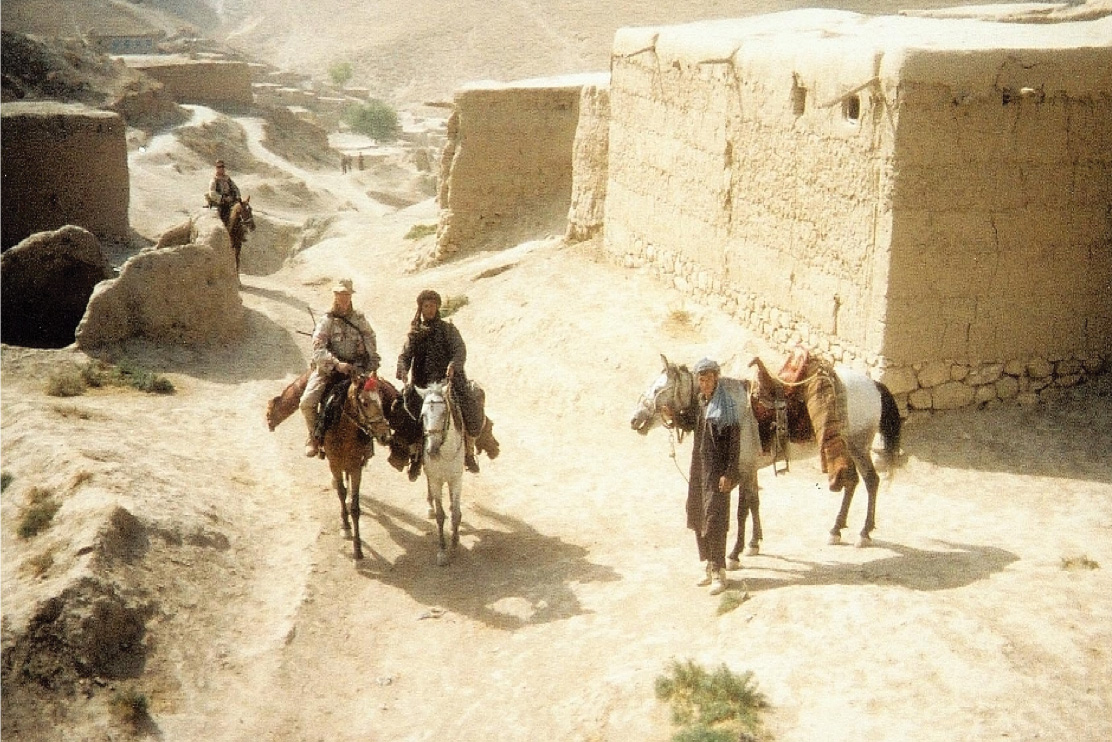
The mission for ODA 595? Team up with local Afghan warlords and resistance fighters to defeat the Taliban. The operation: Task Force Dagger.
It was a dangerous insertion. The unknowns far outweighed the known.
On the Chinook that night were several 50-pound bags of oats. How that grain figured into the mission would soon become clear. About 48 hours before insertion into Afghanistan, the team was informed that they should “be prepared to use indigenous animals for transportation.”
Turns out those “indigenous animals” were native Afghan horses. Stallions, to be precise.
The Green Berets’ Horseback Mission
At sunrise the next morning, about 60 Afghan men arrived mounted on horses. Accompanied by outriders and scouts, they were led by General Abdul Rashid Dostum, an Uzbeck warlord.
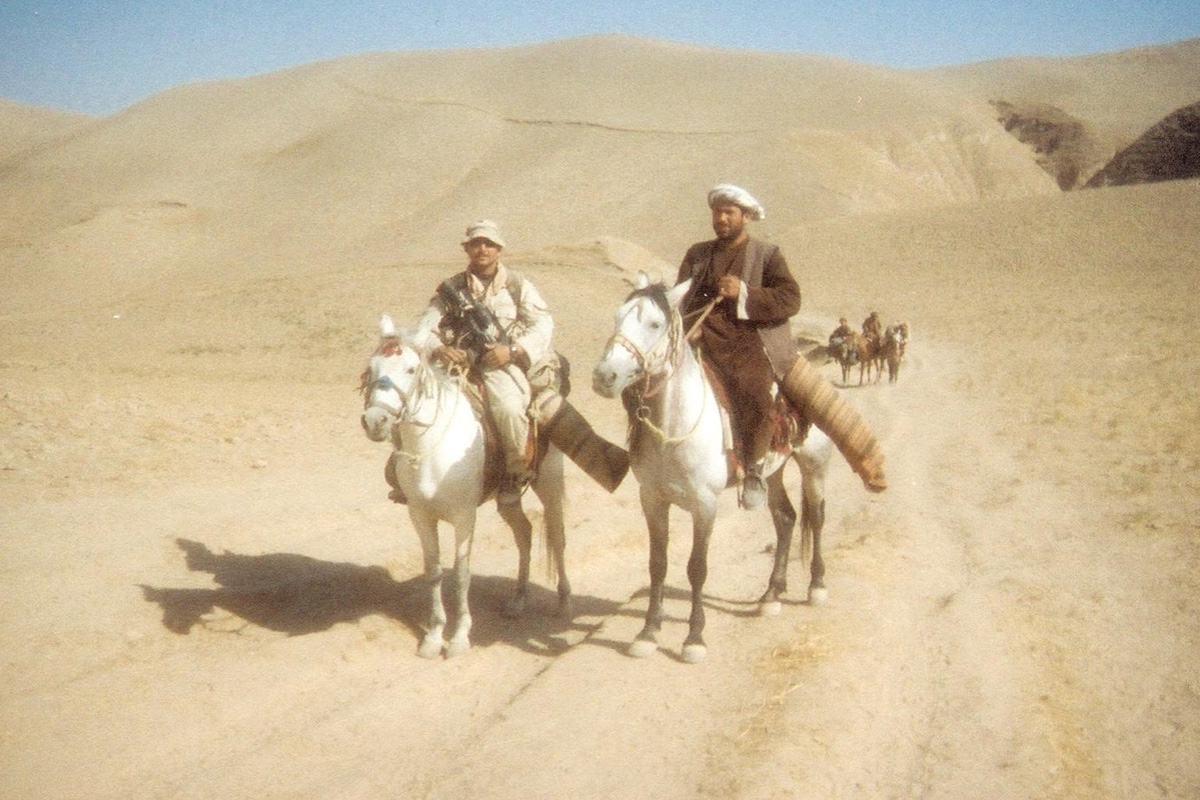
ODA 595 was tasked with coordinating with Dostum, other warlords, and Afghan resistance, collectively known as the Northern Alliance, to take the fight directly to the Taliban.
The Special Forces team was led by Captain Mark Nutsch, the only man of the 12 who had any serious riding experience, thanks to his early years on a Kansas ranch.
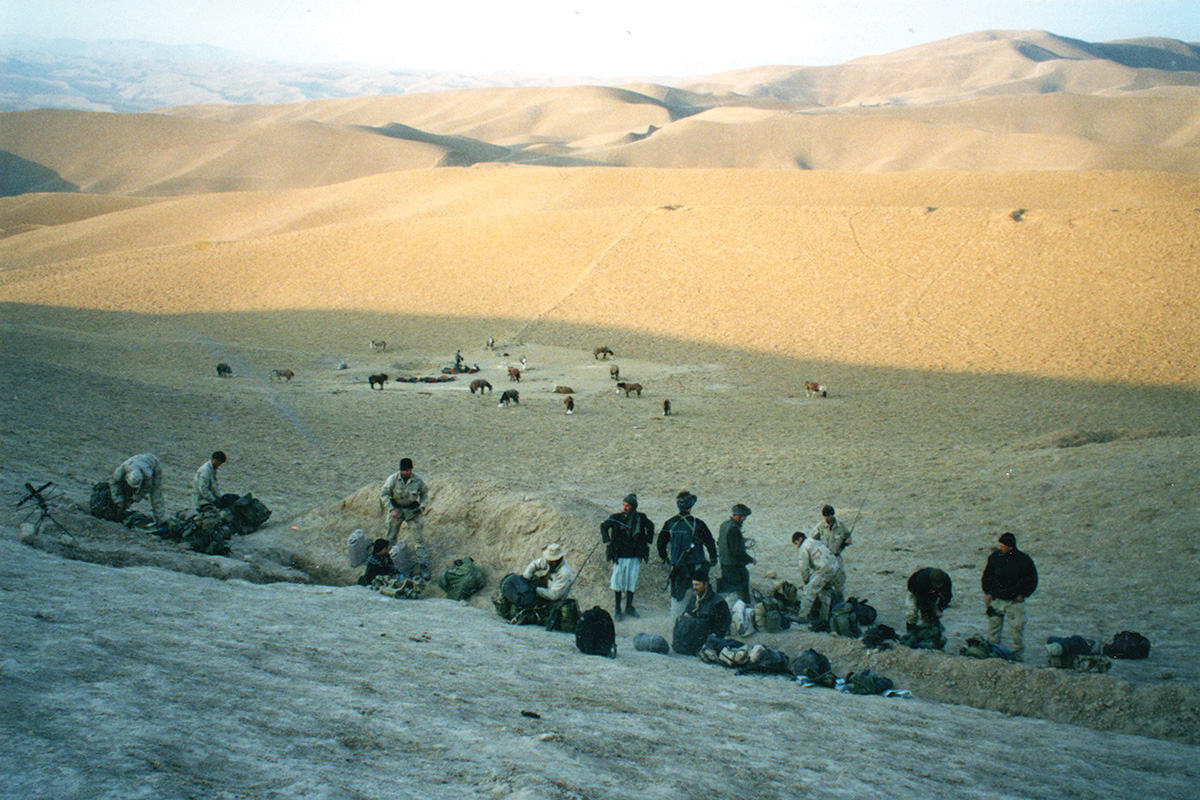
It was soon obvious that some of the Green Berets would be riding out that very morning.
“This wasn’t a cavalry unit; these horses were owned by the Afghan men who rode with Dostum,” recalls Staff Sergeant Will Summers, who became a Green Beret in 1996. “He literally pointed out six men and told them to get off and let the Americans ride their horses.” The Afghan horses were light-boned and hardy, relatively short, and barefoot.
Tack Challenges
Unlike the tack North American riders take for granted, most of the Afghan saddles were made of thin wood, or even bone, covered by wool carpeting held together with nails and glue. There was a blanket on the horse’s back and a single cinch.
“The ‘saddle’ I rode in was the pelvis bone of a cow flipped upside-down, covered with carpet and held onto the horse with a braided rope,” says Summers, who had only ridden once before.
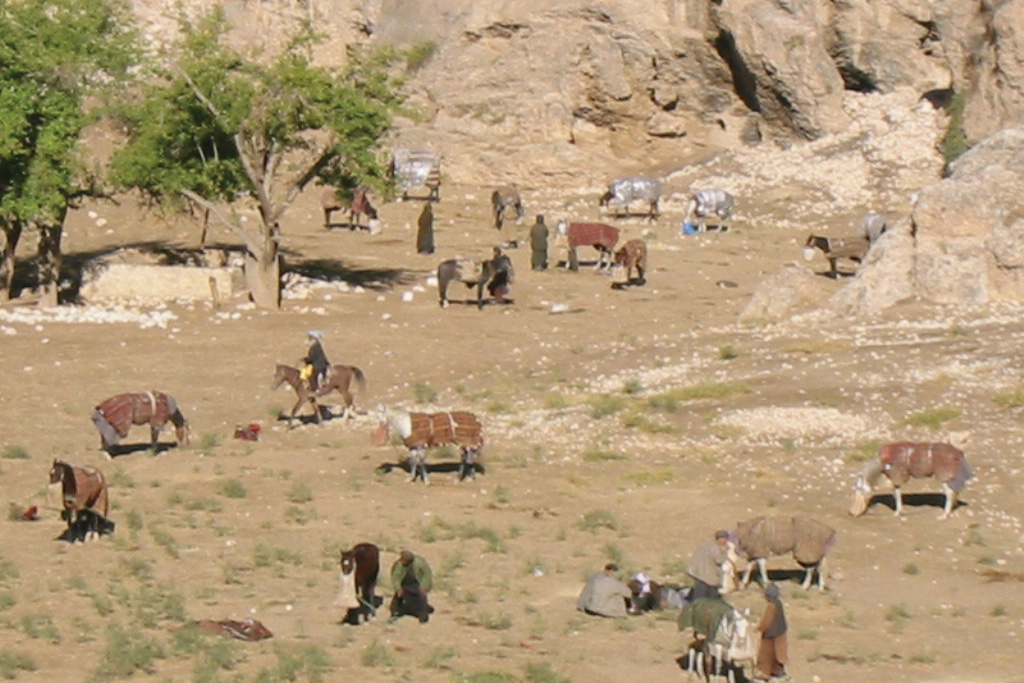
In the six years he’d been a Green Beret prior to Task Force Dagger, it never crossed the mind of Sergeant First Class Vince Makela that he might ride a horse onto the battlefield.
“The stirrups couldn’t be adjusted, and that was really uncomfortable,” says Makela. “We learned this the hard way the first day—our knees were way up there.”
He adds that they soon improvised with parachute cord to lengthen the stirrups.
“The bridles were handmade leather with some fabric ornamentation,” says Makela, adding that horses were trained to “plow rein,” not neck rein.
“I didn’t see any horses that weren’t being treated well, but we, on the other hand, had plenty of saddle sores,” says Summers. “There were times we had to get up in the morning and pour water into our pants to loosen up the blood and pus that had dried and stuck to our pants overnight.” He says that their sores never totally healed during the mission due to the hours spent riding.
Captain Nutsch put in a request for lightweight McClellan-type saddles to better accommodate his men. The saddles were air-dropped in mid-November, but by then their mission was completed, so the men of ODA 595 never rode in them.
The Green Berets Ride Into History
As the mission unfolded, two special operations airmen from the Air Force joined ODA 595. They broke into teams of three or four men, advising and calling in airstrikes for Dostum and other Northern Alliance commanders.
At times, the Special Forces teams were scattered as far apart as 12 or more hours riding. And those were not easy riding miles.
“Some of the gorges were very steep with up to 1,000-foot drop-offs,” says Makela. “The trails were very narrow with exposed rock. My horse was pretty sure-footed; one time his back legs slid out from under him, but he caught himself. Some of the other horses did slip and fall.”
Summers adds that sometimes they had to form a switchback to zigzag down the mountainside.
“There were places that were sheer rock and others where I never knew God could stack dirt that high,” he says.
Because all the horses were stallions, they were constantly vying for dominance.
The men of ODA 595 learned it was a status symbol to have a horse, and that Afghan men only wanted to ride stallions—not geldings or mares.
“My horse would be biting and kicking at the horses in front of and behind us, and those horses were doing the same to us,” recalls Summers, adding that it was “very unnerving” to have the horses doing this along mountain passes with plunging drop-offs.
Heavily loaded donkeys accompanied the teams, packing in equipment and supplies. The men themselves carried crucial equipment in their vests, backpacks and wool saddlebags purchased in local villages.
Making it Happen
Green Berets are known as “the quiet professionals,” highly skilled men who aren’t outspoken about their abilities, but readily adapt to each situation and do whatever is needed to make a mission succeed.
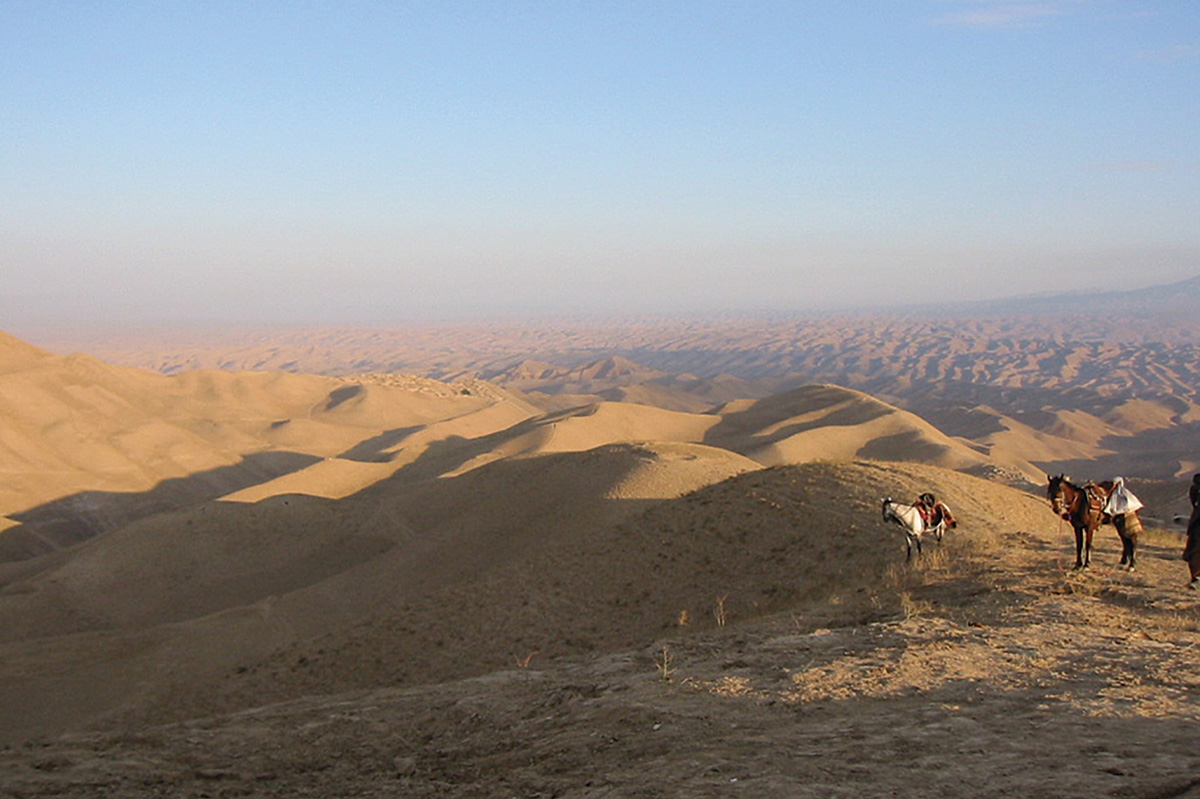
Makela vividly recalls standing with General Dostum and hundreds of Northern Alliance horsemen overlooking a huge gorge and seeing the Taliban forces below.
Their on-site presence allowed the men of ODA 595 to radio coordinates to U.S. pilots in the area to drop JDAMs (bombs that use GPS for increased accuracy) on the enemy’s locations.
“Having eyes on the ground after we arrived made a big difference in the accuracy of these bombs because we could get them better coordinates,” says Makela. “We’d prep the battlefield with bombs and then General Dostum and his men had a better time of it.” He notes that the horses were safely held back during the bombing runs.
“It was like watching history to see this many horsemen fighting. It was an overwhelming experience to witness,” he adds.
Makela will never forget the first village they rode through.
“We got word the Taliban was trying to get out the other side of town, so we were going in at a full gallop,” he says. “The villagers were coming out of their houses and cheering us.”
Horse Care
Depending on where they were needed, the men of ODA 595 rode as long as 10 hours a day and stayed in one place for a day or two.
At night, the Afghan fighters who owned the horses took care of them, but some of the Green Berets offered to help.
“The Afghan horsemen would try to teach us; we saw it as we were all in this together,” says Makela. “Just like taking care of our weapons, we wanted to take care of the horses.”
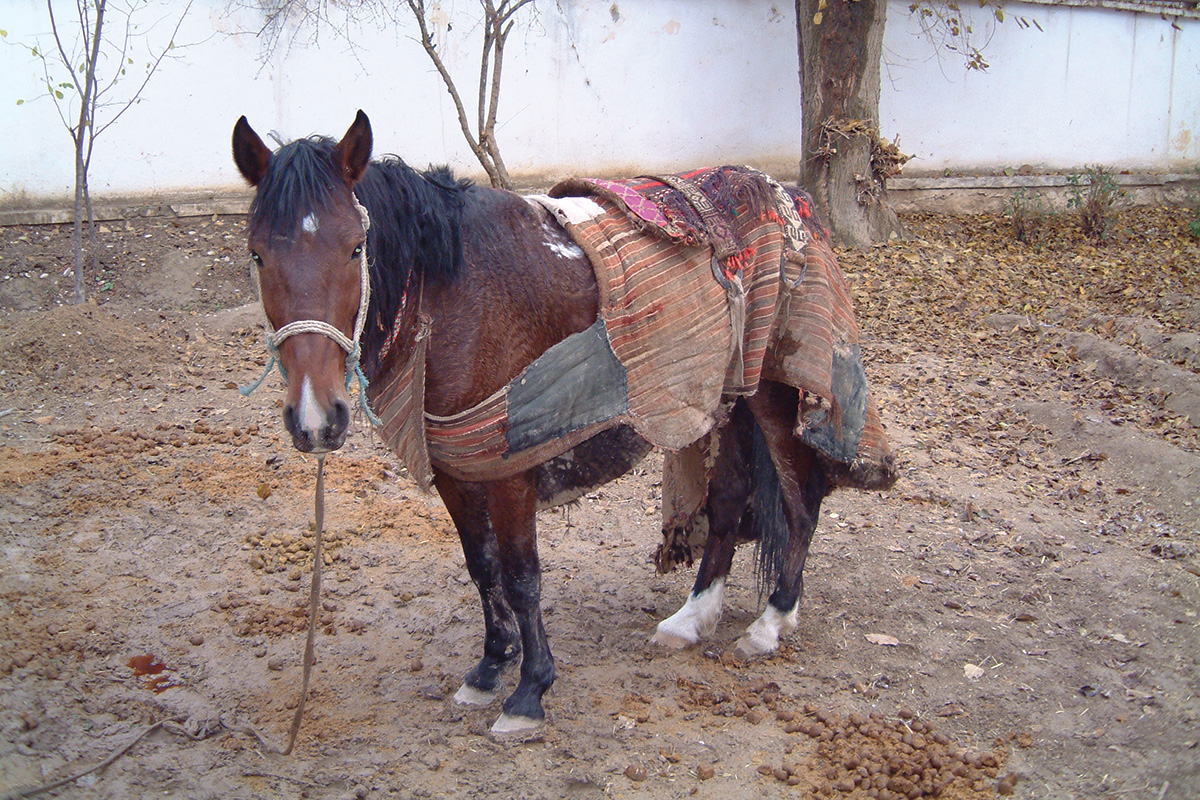
Grain was put into burlap nose bags for each horse, and the animals were staked out near where the men camped.
The Afghans put handmade blankets on their horses as the windy nights dropped temperatures into the 30s and 40s Fahrenheit.
The horses were tired. Makela remembers pulling guard duty one night and seeing all of them lying flat on their sides to sleep.
The rigorous physical demands of the mission took a toll on men and horses, who all dropped significant weight. Summers started the mission weighing 185 pounds and was down to 143 when he left Afghanistan five weeks later.
Mission Accomplished
A major objective of Task Force Dagger was to capture the Taliban stronghold of Mazar-i-Sharif, one of Afghanistan’s largest cities. Wresting control of the city from the Taliban would allow the U.S. to use its airport for transport of supplies and troops.
On November 10, 2001, ODA 595 and the Northern Alliance succeeded in liberating the city.
After the capture of Mazar-i-Sharif, the men of ODA 595 stayed in safe houses there before shipping out of Afghanistan.
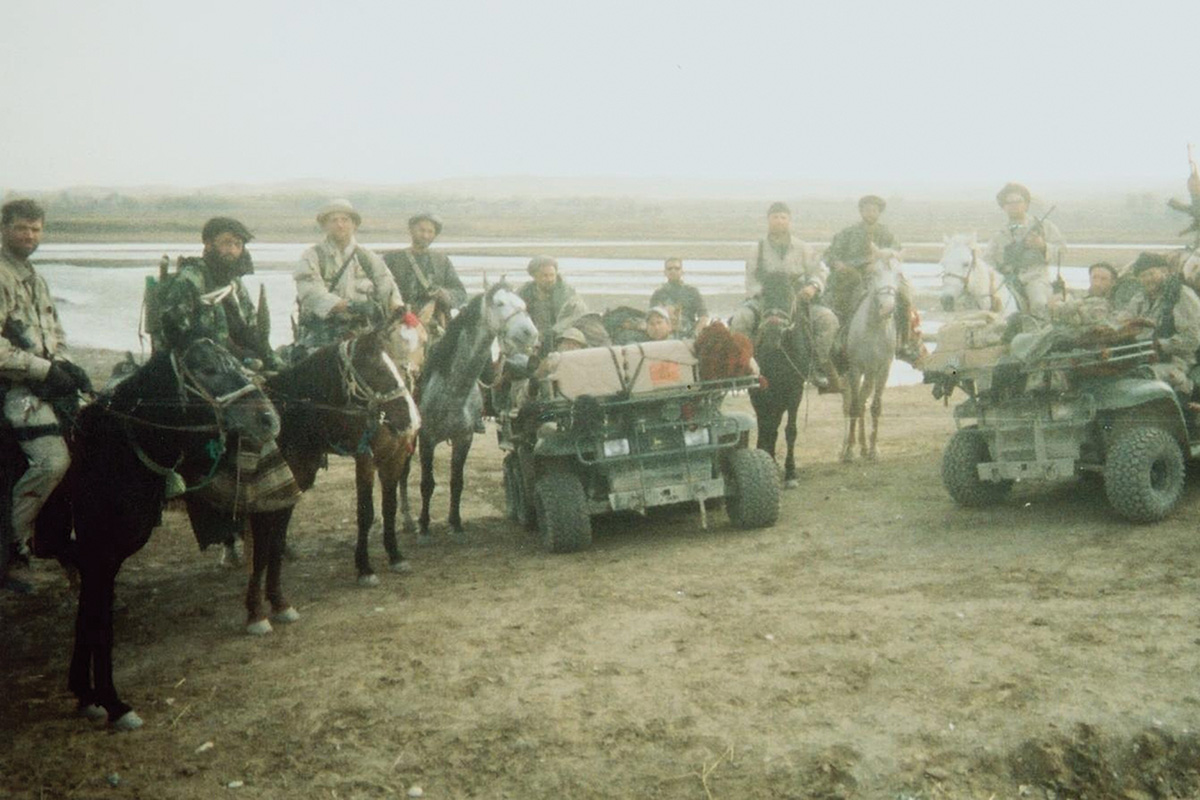
During that short time, some of them watched a buzkashi game. The country’s national sport is a fast-paced, dangerous game in which men on horseback battle for control of a goat carcass, attempting to score points by dropping it into a designated spot on the field of play. To call it a rough version of polo is an understatement.
Hollywood Version of the Green Berets’ Mission
The 2018 movie 12 Strong was promoted as “the declassified true story of the Horse Soldiers.” The movie was based on the New York Times bestseller, “Horse Soldiers: The Extraordinary Story of a Band of U.S. Soldiers Who Rode to Victory in Afghanistan,” by Doug Stanton. (Pseudonyms were used instead of team members’ real names in both the movie and book.)
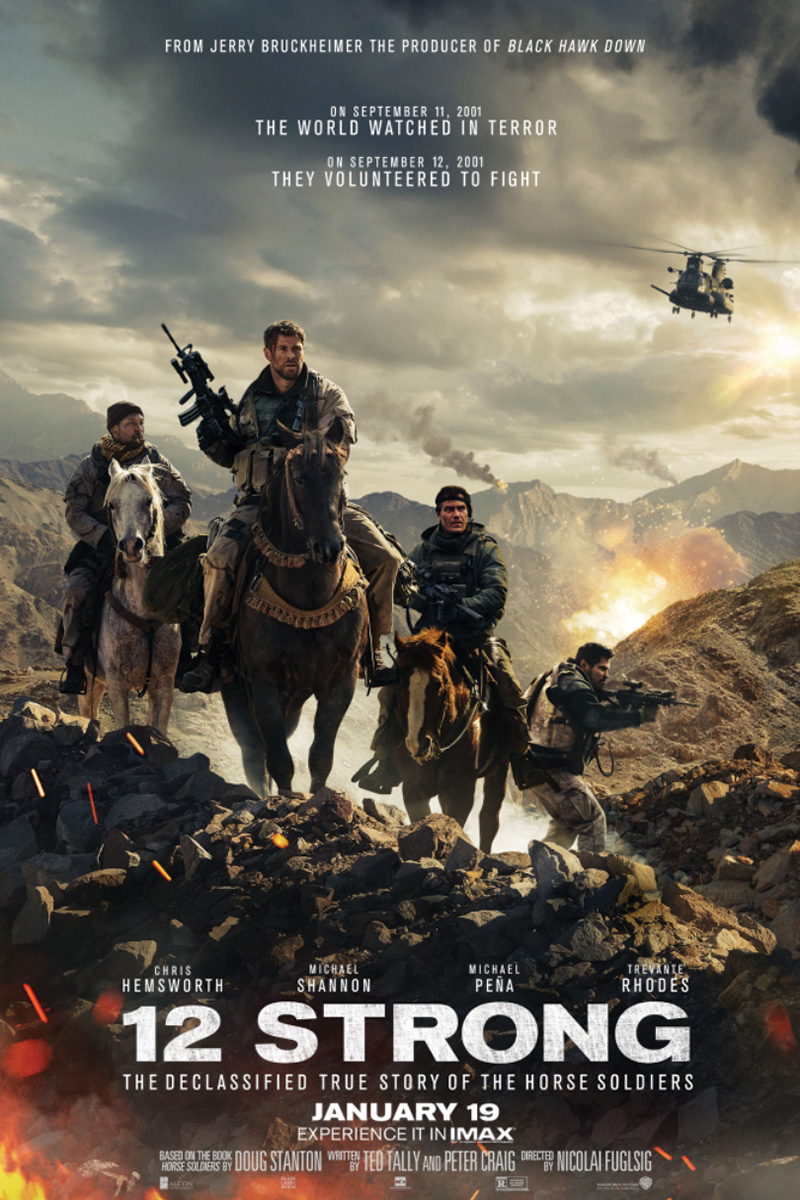
Although the movie packs an emotional punch, according to the men of ODA 595, it was perhaps 50 percent accurate.
“We led the greatest unconventional warfare campaign of all time, and they turned it into an X-Men video,” says Summers. “The Afghans did ride and shoot off their horses, but we didn’t.” He notes that the climactic scene in which Chris Hemsworth gallops, shooting into the Taliban stronghold, was totally Hollywood, and didn’t go down that way.
“They superimposed a lot of the Afghan deeds on us,” Summers explains. “Our whole job was to take command, utilize the Afghan men, and call in the air strikes. The movie dramatized everything, but the violence towards civilians and women was true; that part was underplayed. The Taliban were intentionally savage.”
In real life, none of the men of ODA 595 were seriously injured or almost died, as the movie portrayed.
The Horse Soldiers have their own book (release date May 17, 2022). Written by team veterans Mark Nutsch and Bob Pennington with Jim DeFelice, “Swords of Lightning: Green Beret Horse Soldiers and America’s Response to 9/11” tells the true story of the mission from men who were there.
Horse Soldier Bourbon |
Even by Green Beret standards, Task Force Dagger was a unique campaign, combining 21st century technology, communications and weapons with centuries-old horsemanship skills, hand-to-hand combat, and primitive conditions.
“It was like making it to the Super Bowl for us, being in an unconventional warfare environment and not only surviving, but winning,” recalls Summers. “It was amazing seeing the men on my team taking all their skills, talents and strengths and using them for a common good.”
Green Berets Monument
Dedicated in 2011, “America’s Response Monument,” the life-and-a-half scale, 5,000-pound statue by sculptor Douwe Blumberg, stands permanent watch in Liberty Park at Ground Zero, more than 6,700 miles from the wind-swept mountain ridges of Afghanistan. Its presence remains a bold reminder of those Green Berets who saddled up and answered the call to duty with strength and honor. |
This article about how horses played a role in the Green Berets’ historic mission as horse soldiers appeared in the July 2022 issue of Horse Illustrated magazine. Click here to subscribe!

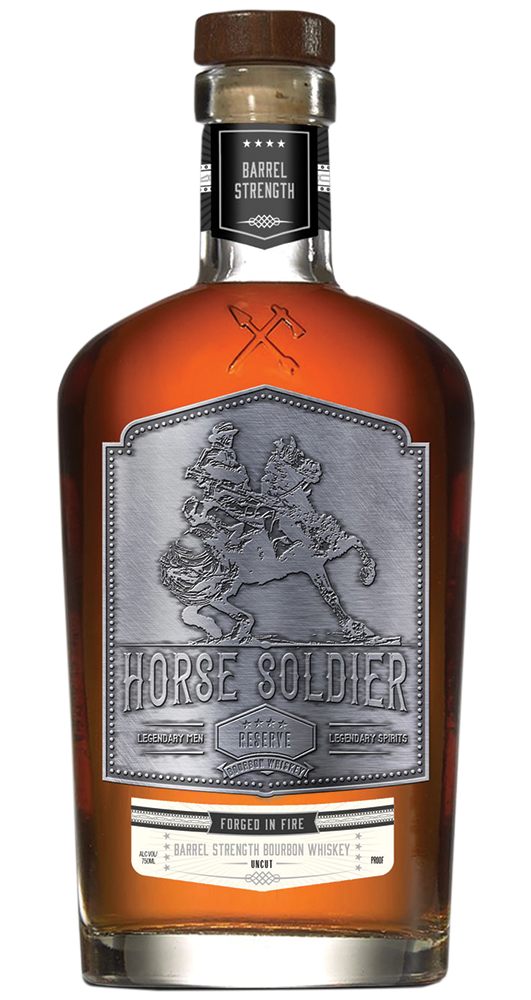
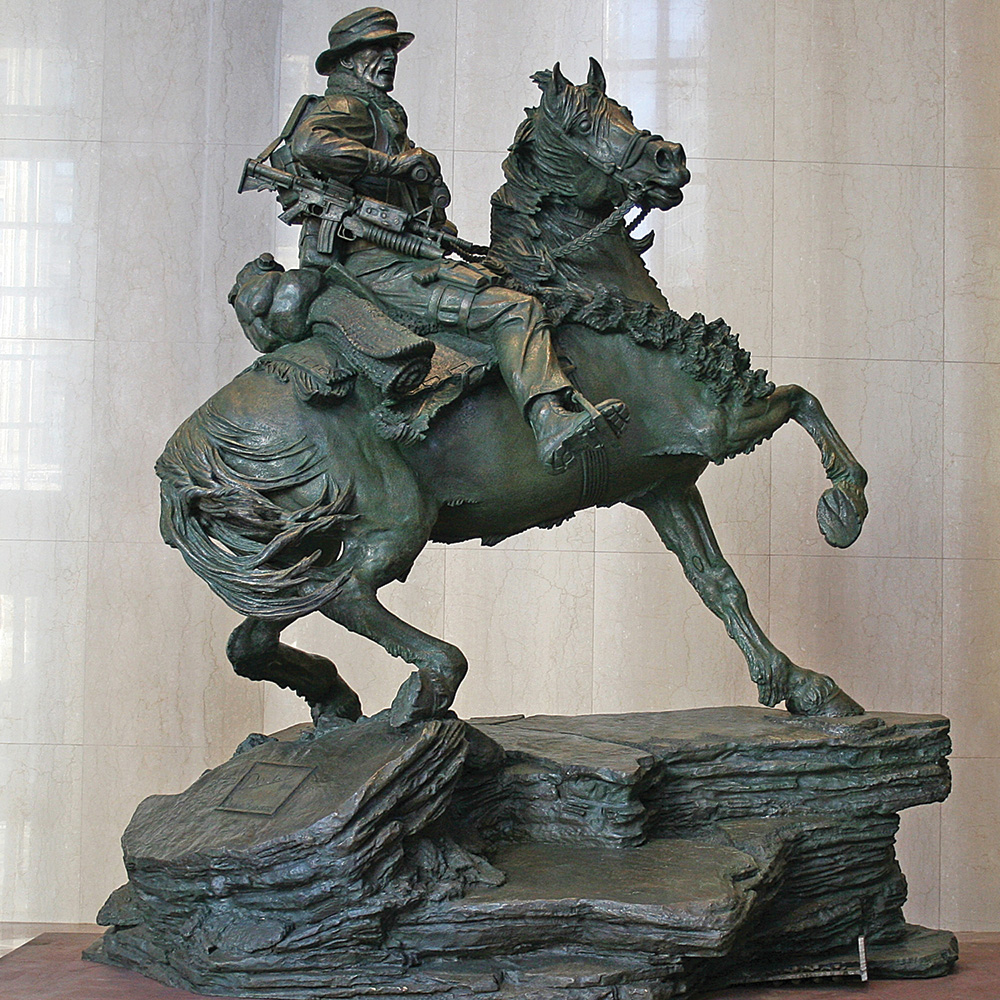 In New York City at the 9/11 memorial site is a horse soldier bronze commemorating the men of ODA 595 and the horses they rode.
In New York City at the 9/11 memorial site is a horse soldier bronze commemorating the men of ODA 595 and the horses they rode.

